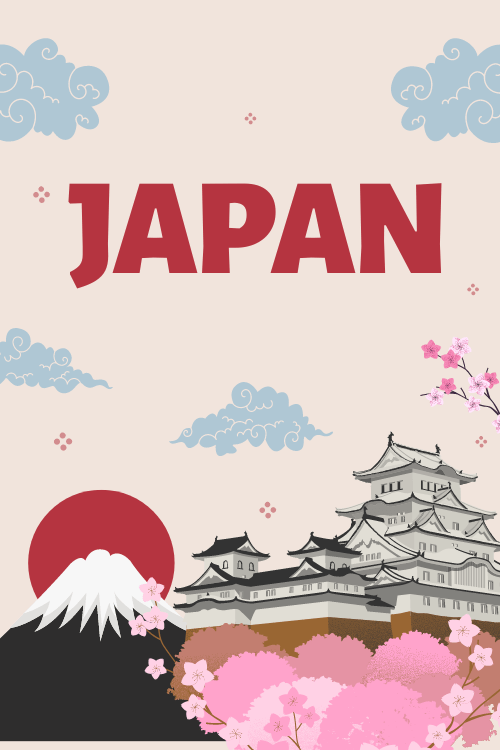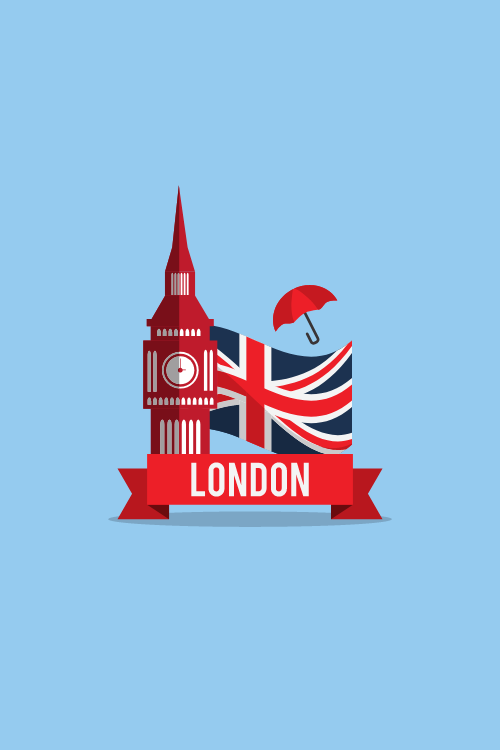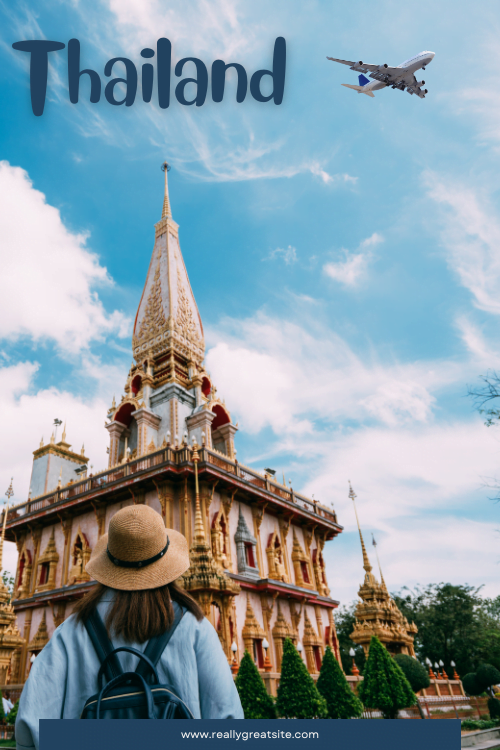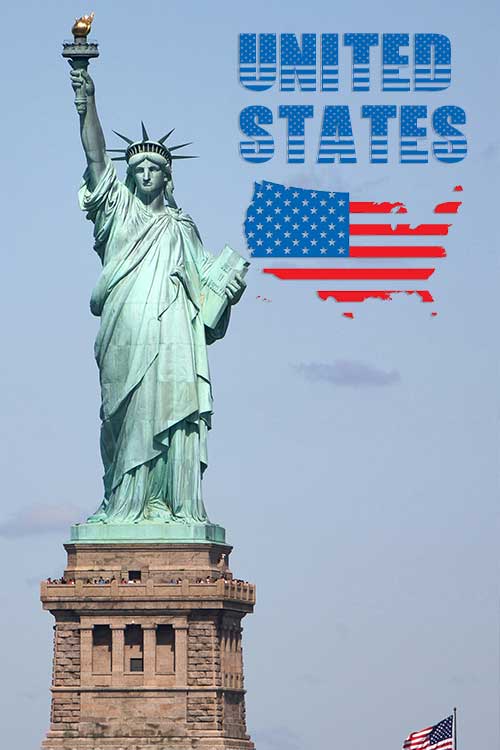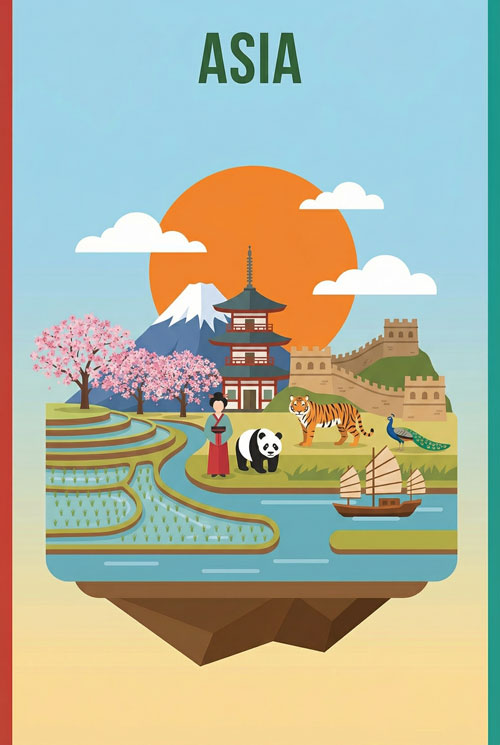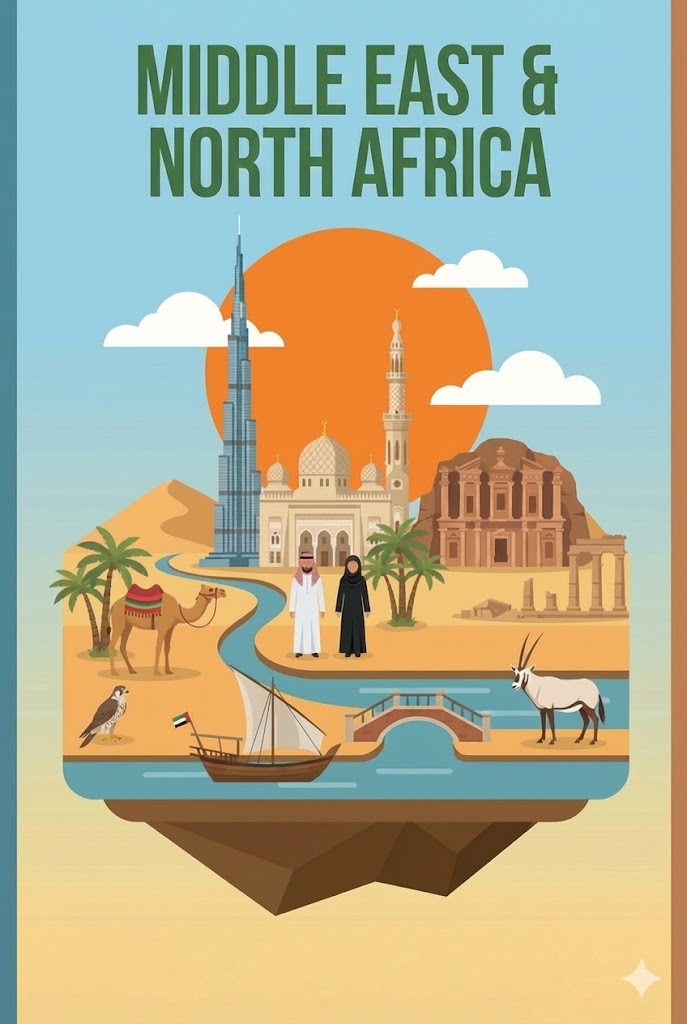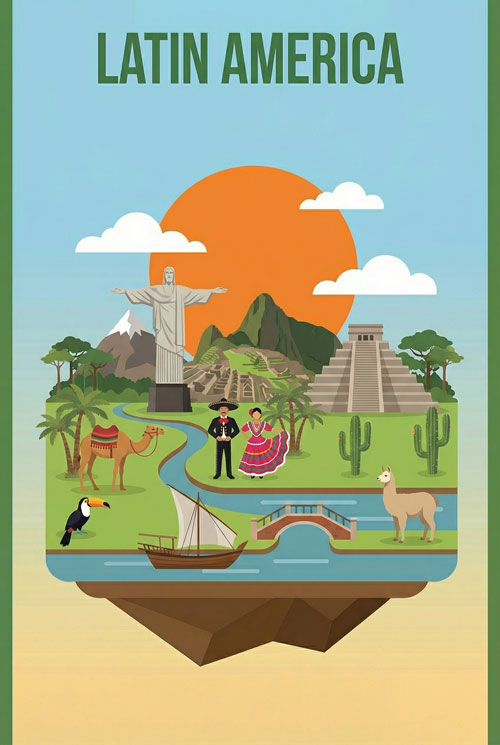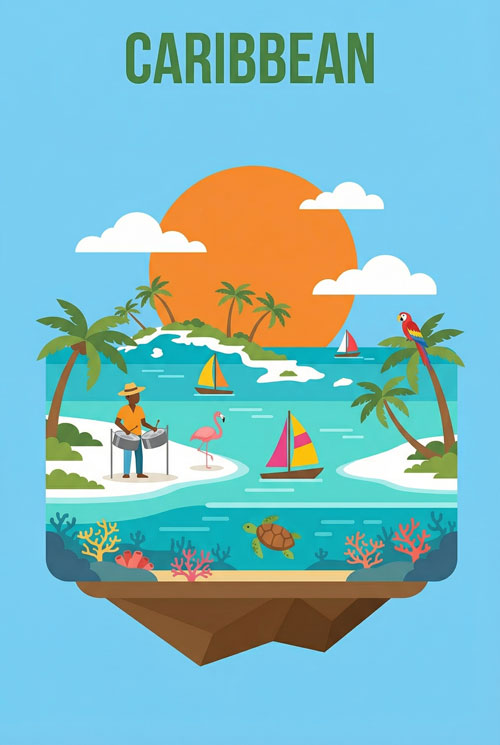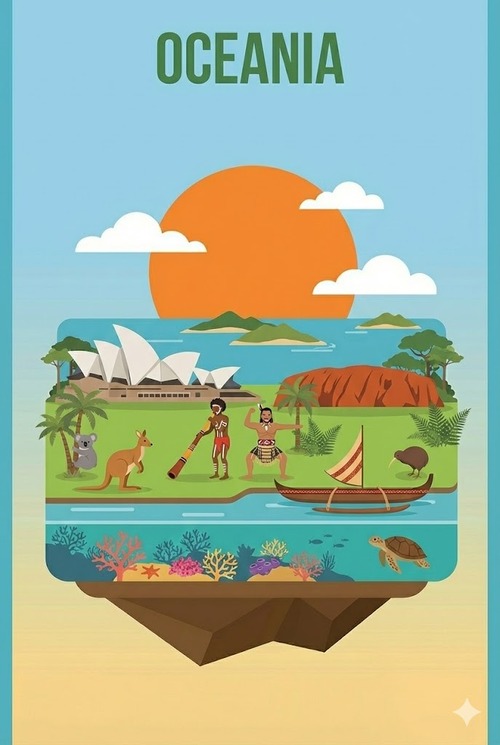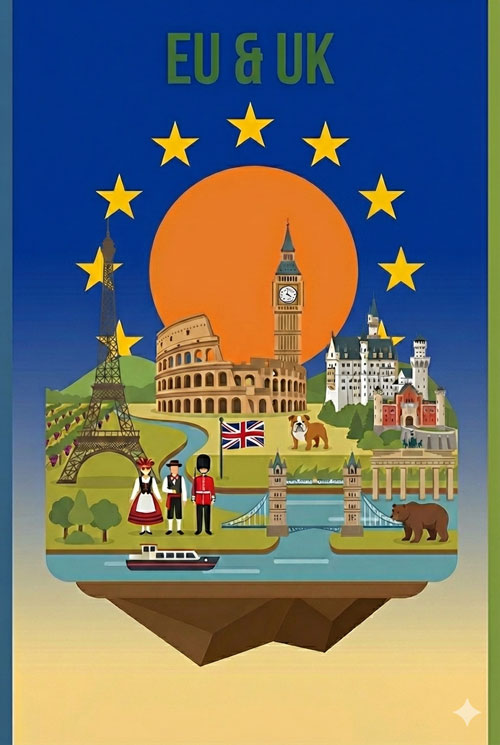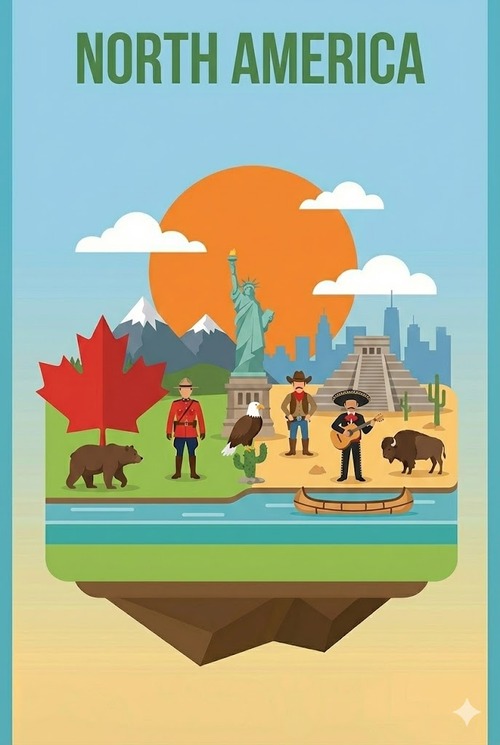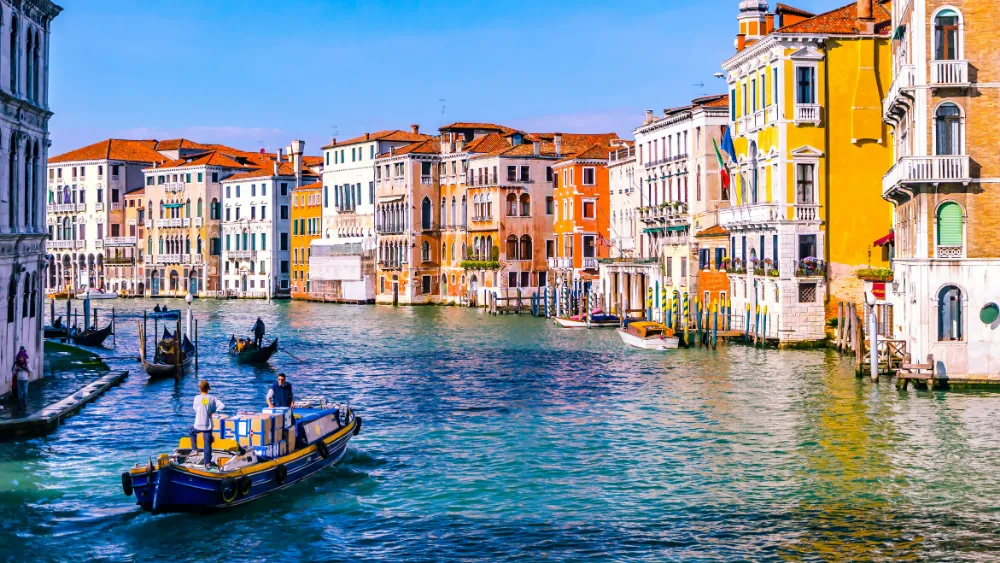eSIM Italy
The Best Time to Visit Venice: A Complete 2025 Guide for Travelers
Venice. Just the name conjures images of striped-shirted gondoliers, labyrinthine canals reflecting centuries-old palazzos, and the grandeur of St. Mark’s Square.
Known as La Serenissima, “the most serene,” this floating city is a timeless masterpiece. But as you plan your trip, you’ll quickly discover that the experience of Venice can change dramatically from one month to the next. The city has a dual personality: a sun-drenched, vibrant summer metropolis and a moody, atmospheric winter retreat.
So, when is the best time to visit Venice? The honest answer is: it depends entirely on what you’re looking for. Are you dreaming of long, sunny days and gelato by the Grand Canal? Or do you crave misty mornings, quiet alleyways, and a more authentic, local feel?
This guide is your personal consultation to help you decide. We’ll break down the weather, crowds, costs, and cultural happenings season by season, so you can find your perfect moment in one of the world’s most magical cities.
The Best Time to Visit Venice
The best time to visit Venice depends on your priorities. For glorious weather with fewer crowds, choose the shoulder seasons. For solitude and lower prices, brave the atmospheric winter.
The Rhythm of the Seasons
Spring (Mar-May)
The city awakens! Pleasant weather for exploring, but crowds build towards May. Expect some spring showers.
Summer (Jun-Aug)
Hot, humid, and vibrant. The city is at its most energetic but also its most crowded and expensive.
Autumn (Sep-Nov)
A golden hour with beautiful light and mild temperatures. Crowds thin, but the chance of ‘acqua alta’ rises.
Winter (Dec-Feb)
A magical, misty, and quiet season. Cold and damp, but offers the most authentic experience with fewest tourists.
A Year in Venice: Climate
Find Your Perfect Venetian Trip
Gondola Rides
For the most peaceful and atmospheric ride, go in the quieter months when the canals are less crowded.
Iconic Sightseeing
See St. Mark’s Square and the Rialto Bridge in their best light, without the crushing midday crowds.
Museum Hopping
Explore world-class museums like the Doge’s Palace when you can have the galleries almost to yourself.
Lido Beach Day
Escape the summer heat with a scenic boat ride to the Lido’s beaches for a swim in the Adriatic.
A Year of Celebration
Venice Carnival
A world-famous spectacle of elaborate masks, historical costumes, and masquerade balls.
Festa del Redentore
A beloved local festival commemorating the end of a plague, culminating in an epic fireworks display.
Regata Storica
A vibrant historical boat parade and thrilling rowing races along the Grand Canal.
Festa della Salute
A moving religious procession where Venetians give thanks for deliverance from a 17th-century plague.
Venice At-a-Glance: The Quick Guide to Your Perfect Trip
For those who want the essential info right away, here’s a quick breakdown of the best times to visit Venice based on your travel priorities.
| Travel Priority | Best Months | Keep in Mind (The Expert Context) |
| Glorious Weather | April–May, September–October | You’ll enjoy perfect, mild temperatures ideal for exploring. However, these are popular shoulder months, so expect significant crowds and near-peak season prices. |
| Smallest Crowds | January & November | The city is wonderfully quiet, offering a rare glimpse into local life. But you’ll need to pack for cold, damp weather, and some smaller shops or restaurants may have reduced hours. |
| Lowest Prices | November–January (excluding Carnival) | This is when you’ll find the absolute best deals on flights and hotels. Be prepared for the highest chance of acqua alta (high water) and shorter daylight hours for sightseeing. |
| Festivals & Culture | February, May–November | Plan your trip around iconic events like Carnival (Feb) or the Biennale (May-Nov). These are incredible experiences, but you must book flights and accommodation far in advance as prices soar. |
A Deep Dive: Venice Through the Seasons
Venice experiences all four seasons, each bringing a distinct climate and character to the city. The constant humidity, a result of the city being built on water, means summers feel hotter and winters feel damper than the thermometer might suggest. Here’s a detailed look at what to expect throughout the year.
Venice Monthly Weather Averages
| Month | Avg. High Temp (°C / °F) | Avg. Low Temp (°C / °F) | Avg. Rainfall (mm) | Avg. Sunshine Hours |
| January | 7°C / 44°F | 0°C / 32°F | 64 | 3 |
| February | 8°C / 46°F | 1°C / 34°F | 58 | 4 |
| March | 13°C / 55°F | 4°C / 39°F | 63 | 5 |
| April | 17°C / 63°F | 8°C / 46°F | 72 | 6 |
| May | 21°C / 70°F | 13°C / 55°F | 74 | 7 |
| June | 26°C / 79°F | 17°C / 63°F | 90 | 8 |
| July | 28°C / 82°F | 19°C / 66°F | 63 | 9 |
| August | 28°C / 82°F | 18°C / 64°F | 65 | 8 |
| September | 23°C / 73°F | 15°C / 59°F | 70 | 7 |
| October | 18°C / 64°F | 10°C / 50°F | 75 | 5 |
| November | 12°C / 54°F | 5°C / 41°F | 80 | 3 |
| December | 7°C / 45°F | 1°C / 34°F | 54 | 3 |
Spring (March–May) – The City in Bloom
Spring is when Venice awakens from its winter slumber. The days grow longer, the city’s hidden gardens begin to bloom, and a fresh energy fills the air. It’s widely considered one of the best times to visit.
- Weather: The season transitions beautifully from the crisp chill of early March (highs around 13°C / 55°F) to the pleasant warmth of May (highs around 21°C / 70°F). While sunshine increases, be prepared for spring showers, as this is one of the rainier periods of the year.
- Pros: This season strikes a fantastic balance. The weather is ideal for long days of walking without the oppressive summer heat. Crowds are generally more manageable than in summer, especially in March and early April, and you can often find better deals on accommodation.
- Cons: The secret is out, and the shoulder season is popular. Don’t expect an empty city. Easter, in particular, brings a massive influx of visitors and a spike in prices due to school holidays and religious celebrations.
- Key Events:
- Festa di San Marco (April 25): Celebrate Venice’s patron saint on a day that is also known as the festa del bòcolo (rosebud festival). It’s a charming local tradition where men give a single red rosebud to the women they love.
- Festa Della Sensa & Vogalonga (late May): Depending on the year, you might catch the Festa Della Sensa, which celebrates Venice’s “marriage to the sea,” or the Vogalonga, a non-competitive 30 km rowing event open to all, filling the lagoon with boats of every shape and size.
- La Biennale Opening (May): Every other year, the prestigious Venice Biennale (alternating between art and architecture) kicks off in May, turning the entire city into a contemporary gallery.
Summer (June–August) – The Vibrant High Season
Summer is Venice in its most exuberant and intense form. The sun beats down, the canals glitter, and the city pulses with the energy of millions of visitors.
- Weather: Expect hot and humid conditions. July and August are the hottest months, with average daily highs climbing to 28°C (82°F) and sometimes feeling hotter due to the high humidity. Rain often comes in the form of dramatic but brief afternoon thunderstorms. The days are long and filled with sunshine.
- Pros: The city is alive 24/7. Long daylight hours are perfect for maximizing your sightseeing, enjoying outdoor spritzes, and taking day trips to the nearby Lido beaches to cool off in the Adriatic.
- Cons: This is the absolute peak of peak season. The crowds can be overwhelming, especially in the narrow corridors between St. Mark’s Square and the Rialto Bridge. Millions of tourists, many arriving on day trips from cruise ships, pack the main sights and the vaporettos (water buses). This is also the most expensive time to visit, with prices for flights and hotels at their annual high.
- Key Events:
- Festa del Redentore (Third Weekend of July): This is arguably the most beloved festival among Venetians. It commemorates the end of a terrible plague in 1577 and culminates in a breathtaking 40-minute fireworks display over the St. Mark’s Basin—a truly unforgettable spectacle.
- Venice Film Festival (Late August – Early September): The world’s oldest film festival brings a touch of Hollywood glamour to the Lido island, with red carpets, movie stars, and public screenings.
- Ferragosto (August 15): A national public holiday, this is the peak of the Italian summer vacation period. Many Italians head to the coast, but Venice remains bustling with festivals and events.
Autumn (September–November) – The Golden Hour
As the intense heat of summer fades, autumn ushers in a golden, more tranquil period. The light becomes softer, the crowds begin to thin, and the city’s romantic atmosphere deepens.
- Weather: September often feels like a perfect extension of summer, with warm days and thinning crowds. Temperatures cool down pleasantly through October. By November, the weather turns decidedly autumnal—cooler, damper, and with a higher chance of rain. The light during this season is often praised by photographers for its beautiful, warm quality.
- Pros: Many consider this the ideal time to visit. You get to enjoy mild, pleasant weather with significantly fewer people than in July and August. Fall harvest foods like pumpkin and truffles start appearing on menus, and hotel prices begin to drop from their summer peaks.
- Cons: The risk of acqua alta (high water) increases significantly as the season progresses, with October and November being prime months for the phenomenon. Daylight hours get progressively shorter, and some smaller, family-run establishments might reduce their hours or close for a break in November before the holiday season.
- Key Events:
- Regata Storica (First Sunday of September): A spectacular historical pageant and boat race on the Grand Canal. The canal comes alive with a parade of ornate 16th-century style boats and a series of thrilling rowing competitions.
- La Biennale Closing (November): The art or architecture exhibition continues through November, offering a final chance to see the world-class displays with fewer crowds.
- Festa della Salute (November 21): A deeply felt local religious festival where Venetians give thanks to the Virgin Mary for delivering the city from a 17th-century plague. A temporary floating bridge is built across the Grand Canal to the Salute church, and it’s a moving display of community faith.
Winter (December–February) – The Magical & Misty Season
Winter is when Venice truly lives up to its name, La Serenissima. The crowds vanish, a mysterious fog often blankets the canals, and the city reveals a quiet, almost ghostly beauty.
- Weather: It’s cold, damp, and atmospheric. Temperatures typically hover just above freezing, between 0°C and 8°C (32°F to 46°F). Fog is common, creating incredibly romantic and photogenic scenes, but snow is rare.
- Pros: This is the low season (with the major exception of Carnival). You will experience the city at its most peaceful and authentic, sharing the quiet alleyways with locals. This is also the cheapest time of year, with the best deals available on flights and high-end hotels that would be unaffordable in summer.
- Cons: The weather is cold, and the days are short, limiting your time for outdoor sightseeing. This is the peak season for acqua alta, so waterproof boots are a must. Some tourist-focused shops and restaurants may be closed for the season.
- Key Events:
- Christmas & New Year’s (December): The city is decorated with festive lights, and a Christmas market is held in Campo Santo Stefano. New Year’s is celebrated with a dip in the chilly waters of the Lido.
- Venice Carnival (Usually February): For two weeks, the city explodes into one of the world’s most famous parties. The streets fill with people in elaborate masks and historical costumes, and private masquerade balls are held in ancient palazzos. It’s a breathtaking spectacle, but be warned: crowds return with a vengeance, and prices for everything skyrocket.
Special Focus: Demystifying Acqua Alta (High Water)
Few things about Venice are as famous—or as misunderstood—as acqua alta. Many visitors imagine a city permanently underwater in winter, but the reality is far less dramatic and, for many, a fascinating part of the Venetian experience.
Acqua alta is not a constant flood; it’s an exceptional tide peak that occurs periodically, mainly between October and March. It’s caused by a perfect storm of factors: an astronomical high tide combined with a strong southerly scirocco wind that pushes water from the Adriatic Sea into the Venetian Lagoon.
Crucially, these events are temporary, typically lasting only a few hours around the time of the maximum tide. The city is well-prepared. When a high tide is forecast, sirens sound across the city to alert residents, and elevated wooden walkways called passerelle are set up along main routes to keep foot traffic moving. To put it in perspective, here’s what different tide levels actually mean for your visit.
Understanding Acqua Alta: What to Expect
| Tide Level (cm above sea level) | What It Means for You |
| +90 cm | St. Mark’s Square, the lowest point in Venice, will start to see some puddles. This affects less than 2% of the city and is a fantastic photo opportunity. |
| +110 cm | About 14% of the city is affected. You’ll see the famous passerelle walkways in use. Venetians will be going about their day in colorful rubber boots. It’s a unique sight but rarely a major disruption. |
| +140 cm | This is considered an exceptional and rare event. Over half the city is affected, and public water transport may be altered. You should follow local advice and enjoy the view from a dry café. |
How to Prepare: You can check the daily tide forecast on the city’s official website. If acqua alta is predicted, just pack or buy a pair of rubber boots and embrace it. Seeing waiters in tuxedos and wellies serving drinks in a flooded St. Mark’s Square is a memory you won’t soon forget.
Your Perfect Venice: A Guide by Traveler Type
Now that you know the rhythm of the seasons, let’s tailor the advice to your specific travel style.
For the Budget Traveler
- Best Time: November and January are by far the cheapest months. With peak season crowds gone, airlines and hotels drop their prices significantly to attract visitors. March also offers a good balance of reasonable weather and low-season prices.
- Strategy: Traveling in the off-season doesn’t just mean saving money; it can mean getting more for your money. You might be able to afford a suite in a beautiful hotel for the price of a standard room in summer. Also, remember that all state-run museums offer free admission on the first Sunday of the month, though lines can be long.
For the Crowd-Averse
- Best Time: Winter (December to February, but be sure to avoid the two weeks of Carnival) is your sanctuary. The city is quiet, and the main squares are often wonderfully empty, especially in the foggy mornings.
- Strategy: Even if you must travel in a busier season, you can still find solitude. The key is to escape the tourist corridor between St. Mark’s and Rialto. Get up for a walk at sunrise or stay out late after the day-trippers have departed; the city becomes almost “ghostly peaceful”. Spend your time exploring the authentic, residential neighborhoods like Cannaregio, Castello, or the Dorsoduro away from the main squares.
For Families
- Best Time: The shoulder seasons of April-May and September-October are the sweet spot for family travel.
- Strategy: These months offer the best of both worlds. The weather is pleasant and mild, perfect for children who might struggle with the intense heat and humidity of a Venetian summer. The crowds are also more manageable, making it far less stressful to navigate the narrow streets and vaporettos with little ones in tow.
For the Culture Vulture
- Strategy: For you, the “best time” is all about the calendar. Venice hosts world-class cultural events year-round. Planning your trip to coincide with one of these festivals offers an unparalleled experience, but requires booking months, or even a year, in advance.
Venice Major Festivals & Events Calendar 2025
| Event Name | Typical Timing | What It Is |
| Venice Carnival | February/March | A world-famous, two-week spectacle of elaborate masks, historical costumes, and masquerade balls. |
| Festa di San Marco | April 25 | A local celebration of the city’s patron saint, marked by a tradition of giving a single rosebud to a loved one. |
| La Biennale | May–November | One of the world’s most prestigious exhibitions, alternating each year between contemporary art and architecture. |
| Festa della Sensa | May/June | A historical pageant celebrating Venice’s symbolic “marriage” to the sea, complete with a flotilla of traditional boats. |
| Festa del Redentore | Third Weekend of July | A massive local celebration culminating in an epic fireworks display over the St. Mark’s Basin. |
| Venice Film Festival | Late Aug–Early Sep | The oldest film festival in the world, bringing international stars and cinema to the Lido island. |
| Regata Storica | First Sunday of Sep | A vibrant historical boat parade and a series of thrilling rowing races along the Grand Canal. |
| Festa della Salute | November 21 | A solemn and moving religious procession across a temporary bridge to the Salute church to give thanks for the end of the plague. |
Timing Your Venetian Experiences
Beyond choosing the right season, timing your daily activities can make all the difference.
- Gondola Rides: For the most peaceful and atmospheric ride through the smaller canals, go in the early morning when your gondolier is fresh and the waterways are quiet. For romance, a ride at dusk is magical as the lights begin to twinkle along the Grand Canal, but be aware that it can still be busy with water traffic. For a more relaxed experience overall, the lean season from October to April is best.
- Sightseeing & Photography: To see iconic spots like St. Mark’s Square and the Rialto Bridge without the crushing midday crowds, you must visit during the “golden hours.” Go at sunrise or late in the evening when these areas are nearly empty and beautifully lit. Use the middle of the day to get lost in the city’s charming backstreets.
- Museum Hopping: The best time to explore Venice’s incredible museums (like the Doge’s Palace or the Peggy Guggenheim Collection) is during the winter off-season when you’ll have the galleries mostly to yourself. They are also the perfect refuge on a rainy spring or autumn day. Always check opening hours in advance, as many museums are closed on Mondays or Tuesdays.
- A Day at the Lido: A beach trip to the Lido is purely a summer activity. The bathing establishments and beach clubs are typically open from late May through September, when the Adriatic water is warm enough for swimming. You can easily reach the Lido via a scenic vaporetto ride from the main island.
Stay Connected in Venice with an eSIM
You’ve just landed at Marco Polo Airport. Your phone has no service. How do you find your vaporetto stop? How do you check the tide forecast to see if your route is affected by acqua alta? How do you pull up the skip-the-line ticket you wisely bought for the Doge’s Palace? In a city as wonderfully confusing as Venice, having instant internet access is not a luxury—it’s essential.
For years, travelers had two imperfect options. You could risk expensive international roaming from your home provider, often leading to shocking “bill shock” when you return home. Or you could waste precious vacation time hunting down a local SIM card vendor, queuing up, navigating a language barrier, and going through the hassle of swapping out your tiny physical SIM card—all while temporarily losing access to your primary phone number.
Thankfully, there’s a modern solution.
With an eSIM from eSIM.com, you can download a data plan for Venice before you even leave home and activate it the moment you land. It’s the ultimate in travel convenience. You get access to affordable, high-speed local data without the hassle. No more bill shock, no more airport SIM queues, and no more fumbling with tiny plastic cards. You can even keep your primary number active for calls and texts from home while using the eSIM for all your data needs.
Ready to travel smarter? Check out eSIM.com for affordable, reliable data plans for your trip to Venice.

